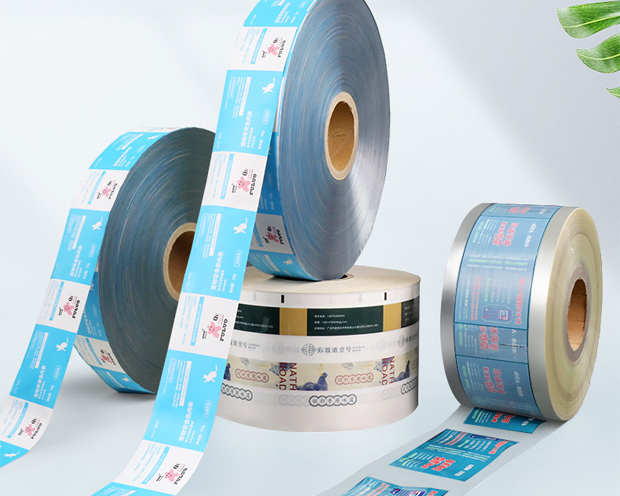What are the raw materials for baby wipes?
Baby wipes are typically made from a combination of various materials that are safe for use on sensitive baby skin. The primary raw materials used in the production of baby wipes include:
Non-woven fabric: This is the primary material used for the actual wipe itself. Non-woven fabrics are soft, absorbent, and gentle on the skin. They are often made from fibers such as polyester, viscose, or a blend of different fibers.

Water: Water is a crucial component of baby wipes as it helps moisten the wipes and aids in cleaning the baby’s skin without causing irritation.
Cleansing agents: Baby wipes contain mild cleansing agents that help to clean the skin gently. These cleansing agents are usually gentle surfactants that help remove dirt and impurities.
Preservatives: To prevent the growth of bacteria and mold in the wipes, preservatives are added. These are necessary to ensure the wipes remain safe for use over time.
Emollients: Emollients are included in baby wipes to help moisturize and protect the baby’s skin. These ingredients help keep the skin soft and hydrated.
Fragrance: Some baby wipes may have a light fragrance added to make them more pleasant to use. However, fragrance-free options are also available for babies with sensitive skin.
Other additives: Additional ingredients such as aloe vera, vitamin E, or chamomile may be included in baby wipes to provide soothing and nourishing benefits for the baby’s skin.
It’s important to choose baby wipes that are specifically formulated for infants and free from harsh chemicals, alcohol, and other irritants that could potentially harm delicate baby skin.

